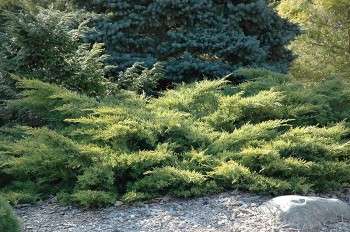
Fire Safe Marin provides a searchable list of fire-prone plants that should be avoided in the landscaping around homes in Marin’s Wildland-Urban interface areas. Download a printable PDF copy of the Fire-Prone Plant List here…
IDENTIFYING FIRE-PRONE PLANTS
Use this list to identify Marin’s most common fire-prone plants. These plants ignite readily and burn intensely, and should be avoided (or removed, if noted) if present in a home’s Defensible Space zone or close to roads and driveways. If removal is not an option, intensive maintenance may be required to reduce flammability. Your fire department may require removal of the plants on this list within 100′ of structures.
FIRE PRONE PLANT CHARACTERISTICS
Many plants are particularly susceptible to fire. Some plants ignite readily and burn intensely, and should be removed if present in a home’s Defensible Space zone or close to roads and driveways. Fire-prone plants typically share certain characteristics:
- They are often blade-leaf or needle-leaf evergreens.
- They have stiff, woody, small or fine, lacey leaves.
- Their leaves and wood often contain volatile waxes, fats, terpenes or oils (crushed leaves will have strong odors).
- Their sap is usually gummy, resinous and has a strong odor.
- They usually contain plentiful fine, twiggy, dry or dead materials.
- They may have pubescent (hair covered) leaves.
- They may have loose or papery bark.
- These plants flame (not smolder) when preheated and ignited with a match.
FLAMMABILITY & CONDITION
The condition of the plant is as important as its species. Even some fire-prone species can be quite fire-resistant if properly maintained. Depending on its growth form and access to water, the same species may be fire resistant in one environment and flammable in another. Water-stressed plants that are in poor condition are more likely to burn readily. Those species already identified as fire-prone become explosively flammable when poorly maintained. South-facing slopes, windy areas, sites with poor soils and urban landscapes are more stressful for plants and lead to greater hazard from burning vegetation.
Download a printable PDF copy of the Fire-Prone Plant List here…
This list is not comprehensive and is intended to identify only the species most common in Marin. Learn more about fire-prone plants.








